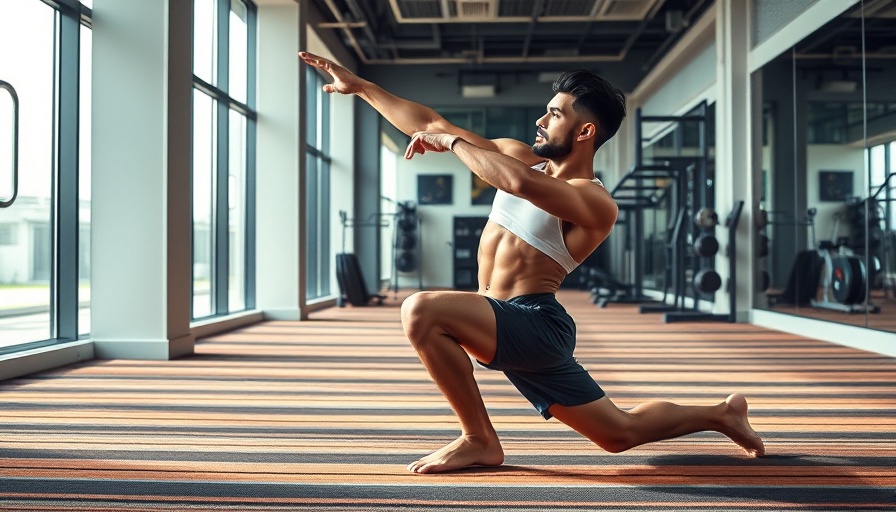
Running and Knee Health: Understanding the Basics
Running is an exhilarating way to stay fit, but many often worry about its impact on knee health. For athletes, hikers, and weekend runners alike, having a thorough understanding of how running affects the knees is essential. Studies indicate both benefits and risks associated with this popular activity. This article will explore these factors, helping you make informed decisions regarding your running routine.
The Benefits of Running
Running is not just a great cardiovascular workout; it can also strengthen muscles and improve joint stability. Engaging in regular physical activity, particularly weight-bearing exercises like running, encourages the body to build bone density, which is crucial for long-term skeletal health. A 2019 study published in the *Journal of Bone and Joint Surgery* demonstrated that runners often experience lower rates of osteoarthritis compared to sedentary individuals. Furthermore, running releases endorphins that improve mood and enhance mental health, offering a holistic benefit for individuals who embrace this sport.
Debunking the Myths: Running Won't Ruin Your Knees
Contrary to popular belief, running does not necessarily lead to knee problems. The myth that running causes significant wear on the cartilage has been largely debunked by recent research. In fact, a comparative study revealed that active runners demonstrated healthier knee joints compared to non-runners, showing less degenerative changes. The protective effects of running highlight the importance of maintaining a balanced training program, including proper warm-ups, cool-downs, and strength training to support the muscles surrounding the joints.
Understanding the Risks: Recognizing Early Signs of Injury
While running presents numerous benefits, it is essential to recognize the risks associated with overexertion. Running-related injuries can occur when the body is not sufficiently conditioned or when individuals neglect important recovery times. Common running injuries include patellar tendinitis, iliotibial band syndrome, and runner's knee (patellofemoral pain syndrome). Listening to your body is key; if you experience persistent pain, it may be wise to seek medical advice. Injuries should be addressed promptly to prevent long-term damage and ensure a healthy running experience.
How to Minimize the Risk of Injury
Incorporating preventive measures can significantly reduce the chances of developing knee injuries while running. Here are several tips for safe running practices:
- Proper Footwear: Choosing shoes specifically designed for your foot type can improve alignment and cushioning on your runs.
- Gradual Progression: Increase your mileage gradually, following the 10% rule to avoid overwhelming your body.
- Cross-Training: Incorporate different types of exercise, such as cycling or swimming, to enhance overall fitness and support recovery.
- Strength Training: Focus on strengthening your core, hips, and legs to support your running form and reduce strain on your knees.
The Mind-Body Connection: Mental Benefits of Running
Running not only fortifies the body but also brings mental clarity and stress relief. Engaging in this rhythmic activity can result in what is colloquially known as a “runner’s high,” the euphoric state linked to aerobic exercise. This psychological benefit can be particularly crucial for athletes and outdoor enthusiasts who strive to balance their physical and mental health. Over time, establishing a consistent running routine can lead to improved emotional resilience and confidence.
Future Trends: Embracing Holistic Health in Running
As awareness grows around the significance of overall wellness, future trends in sports and exercise are likely to place greater emphasis on holistic health practices. Effective strategies for optimizing knee health may include chiropractic care and nutritional support designed for recovery and enhanced performance. This comprehensive approach to running could lead to a healthier running culture focused on injury prevention and sustainable practices.
Conclusion: Take Charge of Your Running Journey
Your knees are vital to enjoying an active lifestyle. Acknowledging the benefits while being mindful of potential risks empowers you to engage in running safely. By practicing preventive measures and listening to your body, you can fully embrace the joys of running without fears about your knees. Remember, being informed is the first step towards achieving your running goals!
Don’t wait — take charge of your running journey today! Explore tailored running programs, information on injury prevention, and holistic health insights to enhance your running experience. The road awaits!
 Add Row
Add Row  Add
Add 






Write A Comment